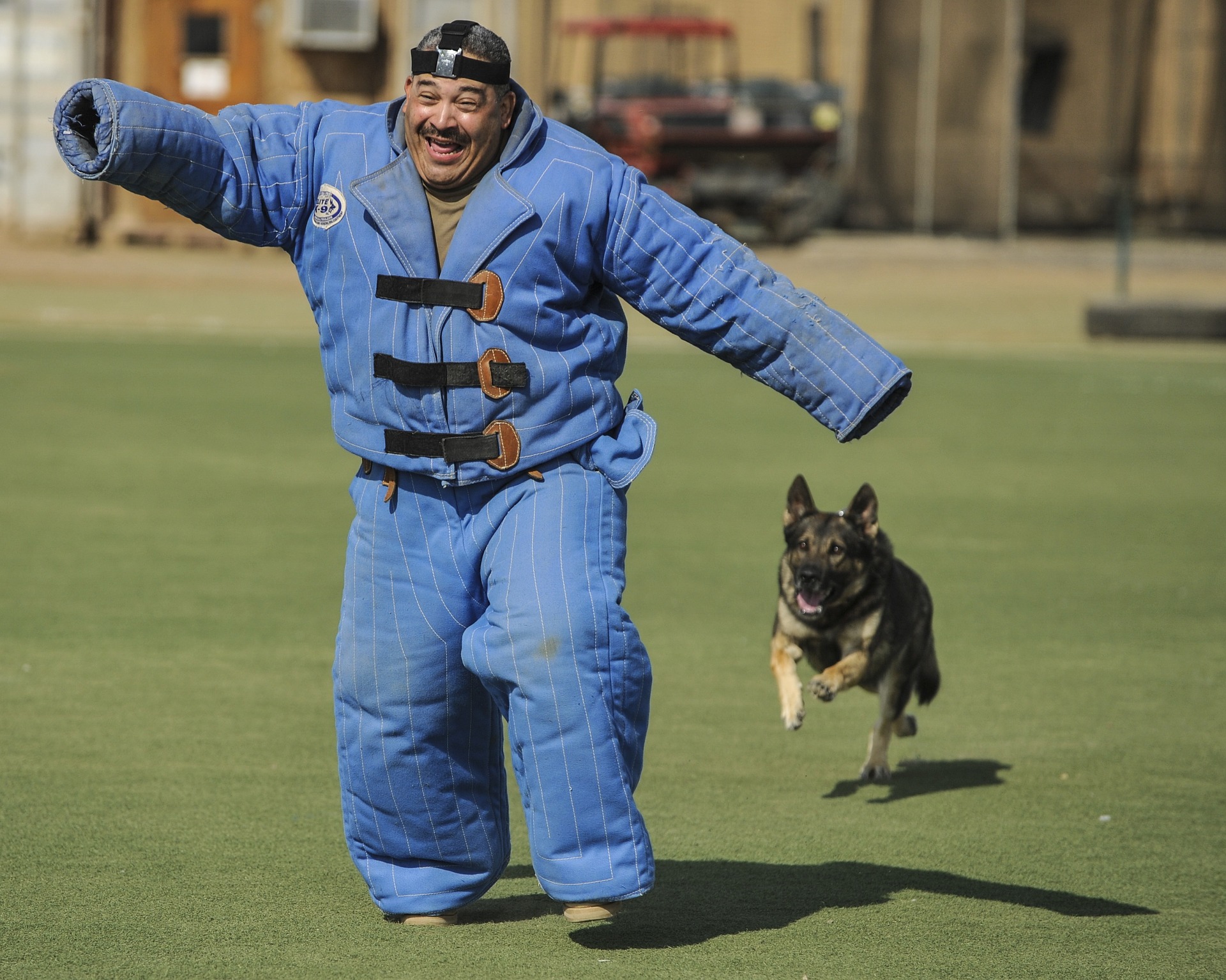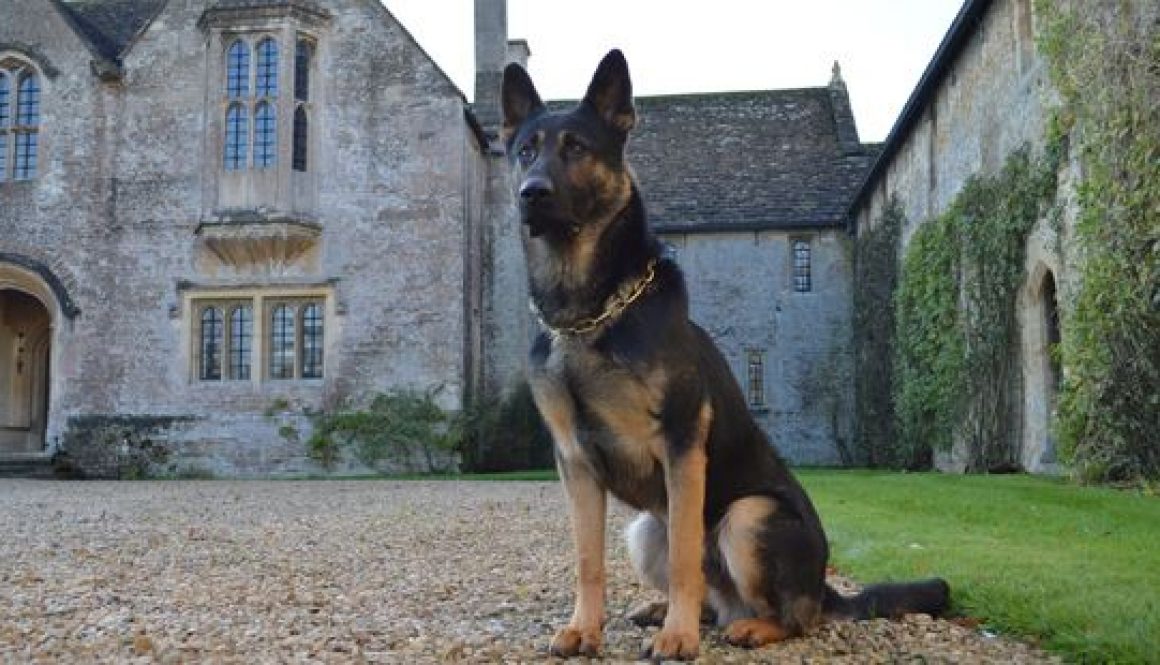Guard Dog Training Tips
Training any dog is hard work, and for training a guard dog it isn’t any different. Even though training a normal dog and training a guard dog may seem different, they are quite similar. But how do you train a dog to become a guard dog? In this blog post, we will share some training tips that will make it easy for you to train your dog properly.

1. Start training your dog at a young age
Never believe the myth that young dogs can’t learn advanced commands, especially the common breeds used for guard dogs. Like any training, the best time to teach your dog anything is when they are still young. Dog training experts recommend you to start training your dog when it is 7 to 12 weeks of age.
When you train your dog at a very young age, it retains what it learns more strongly than other training you do later in their life. This will mean you won’t be required to repeat the training again. But if you are planning on teaching an older dog, just know that they learn at a slower pace compared to when they were younger, which will mean they will require more training sessions to fully understand how to do it.
2. Keeping training sessions short
Most dogs – especially at a young age – have a short attention span and tend to get bored very easily. It is key for you to stop training your dog before they lose interest in what you are trying to teach them. If your dog does then you most likely will have to repeat that certain training session again. On average, a dog can start to lose interest in an activity after 30 to 40 minutes.
3. End training sessions on a good note
At all the training sessions you have with your dog, always make sure you create a positive situation for your dog. It isn’t a smart idea to stop training your dog just after a disciplining or yelling angrily at it. This affects the dog’s emotions and may disturb the learning process. Sometimes your dog may annoy you during a training session. But instead of ending the session in anger, wait until you are calm again.
4. Choose a fixed time of the day
When teaching your dog some advanced commands, you should have a fixed time of the day for your training sessions. After some time, your dog will get used to this timing, and whenever the time is approaching, it will show its eagerness to learn.
5. Use light leashes
For your training sessions, only use lightweight leashes or leads that are about six feet long. Using heavy leather leashes could be very distractive.
6. Use commands consistently
Consistently using the same commands is very important when training your dog. Dogs quickly get used to keywords. For example, if you have started training your dog to attack after hearing the word “attack”, don’t ever change your command work to “bite” or something else. This will confuse your dog.
7. Avoid using negatives and combined words
Always train your dog with a single word commands, such as “attack”, “stop”, etc. Avoid being tempted into saying combined words such as “don’t sit”, “please attack”, “attack now”, “I need you to attack”, and so on. Such combinations can confuse your dog and make it misbehave rather than carry out your command.
8. Make it fun
Before and after each training session, play the dog’s favourite game or serve it some treats. This will create a positive experience and make your dog learn faster and look forward anxiously to training sessions.
9. Use consistent volume and tone
Your dog may not respond to your commands if you use a harsher or softer tone than the one you trained it with. So when training your dog, always use the same tone that will use commanding it. This way, you will avoid confusing the dog. However, if you want the dog to respond to your command, irrespective of the tone, then familiarise it with different tones and volumes.
10. Avoid multiple people training the dog
As a final note, you must avoid changing trainers while training your dog. Before starting the training, decide on who would train your dog. Would you teach it yourself? Would you hire a dog-training expert? Make a firm decision from the start. This is very necessary, as changing trainers can confuse the dog and slow down the learning process.


